Interview with Farar Elliot, Chief of the Office of Art and Archives, House of Reps.
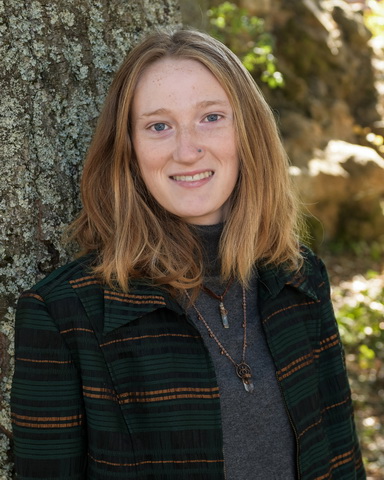
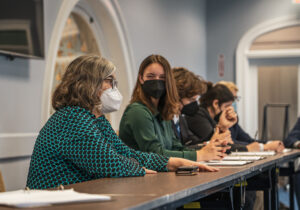
This morning we interviewed Farar Elliott, the Chief Office of Art and Archives at the House of Representatives, whom l was very excited to interview. In the last week or so, I have been researching her and what she does. I found out that a curator can do everything from finding pieces to display to figuring out and writing the narrative that the objects tell to figuring out where and how to organize the exhibits. After finding out what curating really entails I looked up colleges that had programs on different types of curating or related majors, even though I already know where I am going and what my major will be. I found out that curating is combining story telling, history, art, and sometimes even science. Needless to say, I was very intrigued to interview her.
When we arrived at the Library of Congress to interview Elliott, we could hear protesters in front of the Supreme Court who were there to protest the possible overturning of Roe v. Wade. We then found out that the interview would be a little later than expected, so we wandered over to the group of people who were protesting. I was surprised to discover that the majority of people there were anti-abortion. We soon found a small group chanting, “My body, my choice!” and joined them. I have never been to a protest at which the opposing side was also present. It was very emotional to see people so passionately chanting on both sides. It was definitely a new experience for me to see and hear firsthand a group of people that believe so firmly in an opposing view.
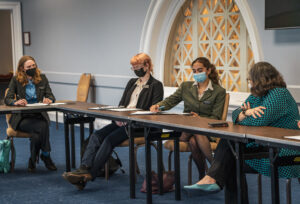
After attending the protest, we talked about what a protest really does and how it is a good way to show support, but we also talked about how there are other ways to be helpful and make a change that are more productive. We then walked over to meet Elliott. When she first showed up she was very personable, and immediately I became even more excited to talk with her. I wrote a few questions for this interview, but I ended up asking her what was the most challenging part of creating an exhibit, and what was her favorite part. In response to the first question, she stated that it is difficult to figure out which narrative to present and what to say about each object so that viewers are given the most important information without over-explaining, and the object “speaks for itself.”
In response to the second question, she said that she is always looking for and excited by creative “click” or Aha! moments that sometimes occur when you find the missing piece to a puzzle you have been trying to solve. Her response resonated with me. When I am making art or doing some creative project, it is the best feeling to experience that “click,” when everything seems to align and come into focus. I worried that since I am going into a design program at college I might burn out and lose that creative inspiration that I love so much—that being creative and artistic might become a “mere” job and a chore. However, hearing her talk about her continuing love for working in a creative field—that she still experiences those Aha! moments that feel like “pop rocks in your brain”—gives me hope that I will continue to love art and design even if it becomes a job.
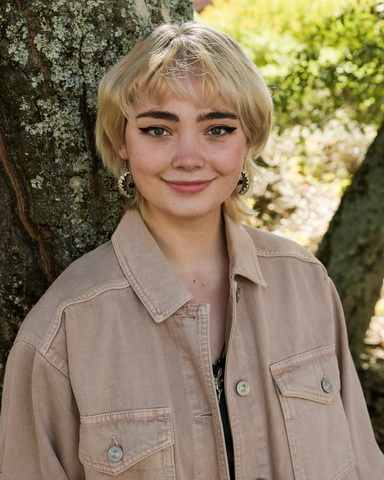
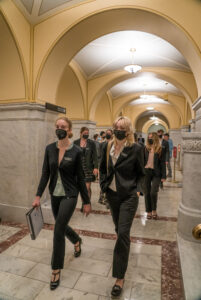
After a chaotic morning outside of the Supreme Court building, we met Farar Elliott at the Library of Congress, an absolutely gorgeous building. This is the interview I’ve most looked forward to because she has such an interesting job: Curator and Chief of the Office of Art and Archives for the House of Representatives. As soon as she greeted us the tone was conversational, and it was clear that she would be fun to talk to.
She talked about her work curating and the goal of having objects drive the exhibition. It was really interesting to hear about her process of collecting objects that tell stories, and how objects with human activity/damage are more valuable.
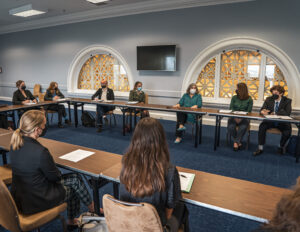
Zoey and I spent quite some time last night crafting a question for Farar Elliot, and the answer she gave us was very interesting. We asked about her thoughts on contextualizing, rather than removing, controversial monuments and art of historical figures.
She answered that we should contextualize old monuments and add additional monuments that reflect our current beliefs. However, she also recognizes that there are times when it’s good to take monuments down. She mentioned the statue of Robert E. Lee in Richmond, Virginia, onto which BLM protestors projected art prior to its removal, and how satisfying it was to witness the process of its eventual removal.
She had a refreshing take on the permanence of history and the potential for change. She said that when things break you often see they are useless, so that they no longer serve their purpose. The idea that we can let go and move past parts of history/government is something I’ve never heard discussed in this way before, and it left me hopeful about all the changes that could eventually occur.
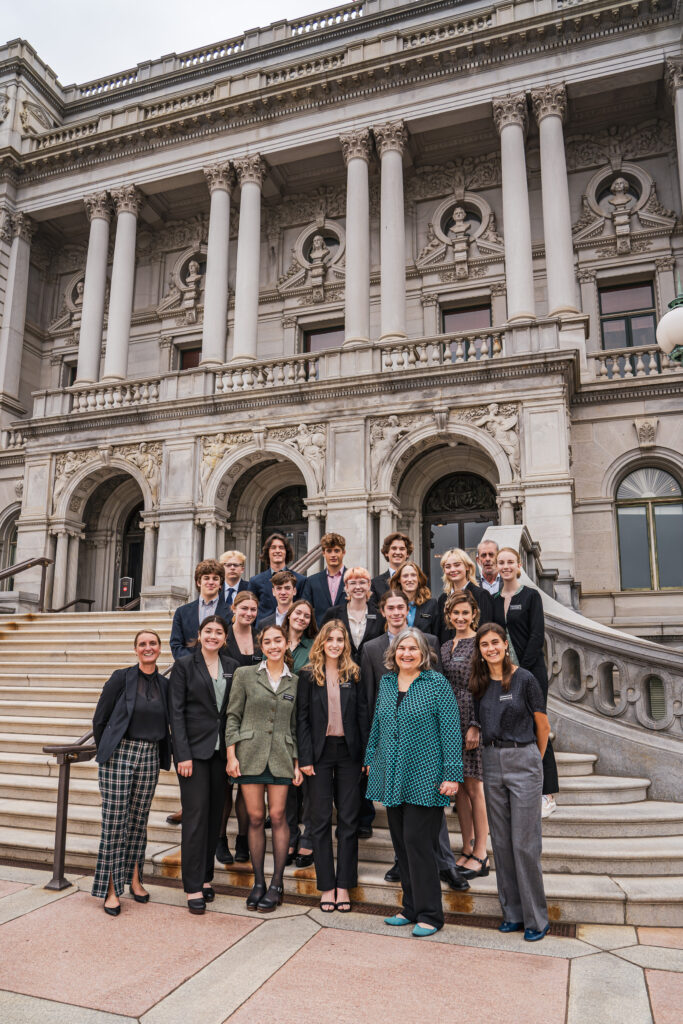
You must be logged in to post a comment.